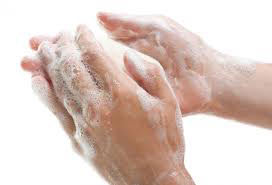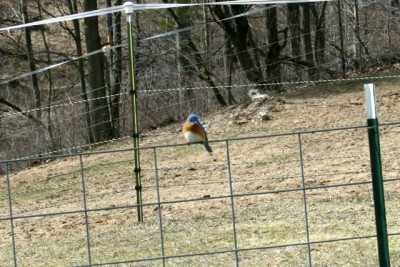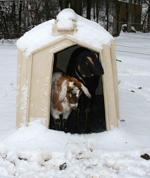Although the flu is still widespread this season, it has at least started to peak in some areas. Â But now we seem to have a particularly virulent strain of the norovirus. This year it is the sydney strain that was first detected in Sydney, Australia

“The best way to avoid the norovirus is to wash your hands often using soap and water,”
said Mary E. O’Dowd, state health commissioner. “Alcohol-based hand cleansers are not effective against this virus because of their special lipid shell.
“Noroviruses are single-stranded RNA viruses and are highly infectious, requiring as few as 10 viral particles to infect, Dr. Blaney pointed out. They are stable in the environment and are spread by the fecal-oral route.
Noroviruses spread quickly in crowded, closed places like long-term care facilities, daycare centers, schools and colleges, hotels, hospitals, restaurants and cruise ships. Basically, any place where food is prepared or handled by others, officials said.
This year’s strain,  causes the familiar agonizing symptoms — vomiting, diarrhea, and stomach cramps. It may also cause low grade fever, chills, headache, body aches, and fatigue. It typically lasts between 48 and 72 hours and is not associated with influenza.
Patients with norovirus are contagious from the moment they get sick to three days after they recover and possibly longer if they have a compromised immune system. The virus is found in the stool and vomit of infected people and is easily transmitted when proper hygiene is not used.
While ill, patients should sip clear liquids to prevent dehydration and when they can tolerate solid food, start with the BRAT diet — bananas, rice, applesauce and toast.




